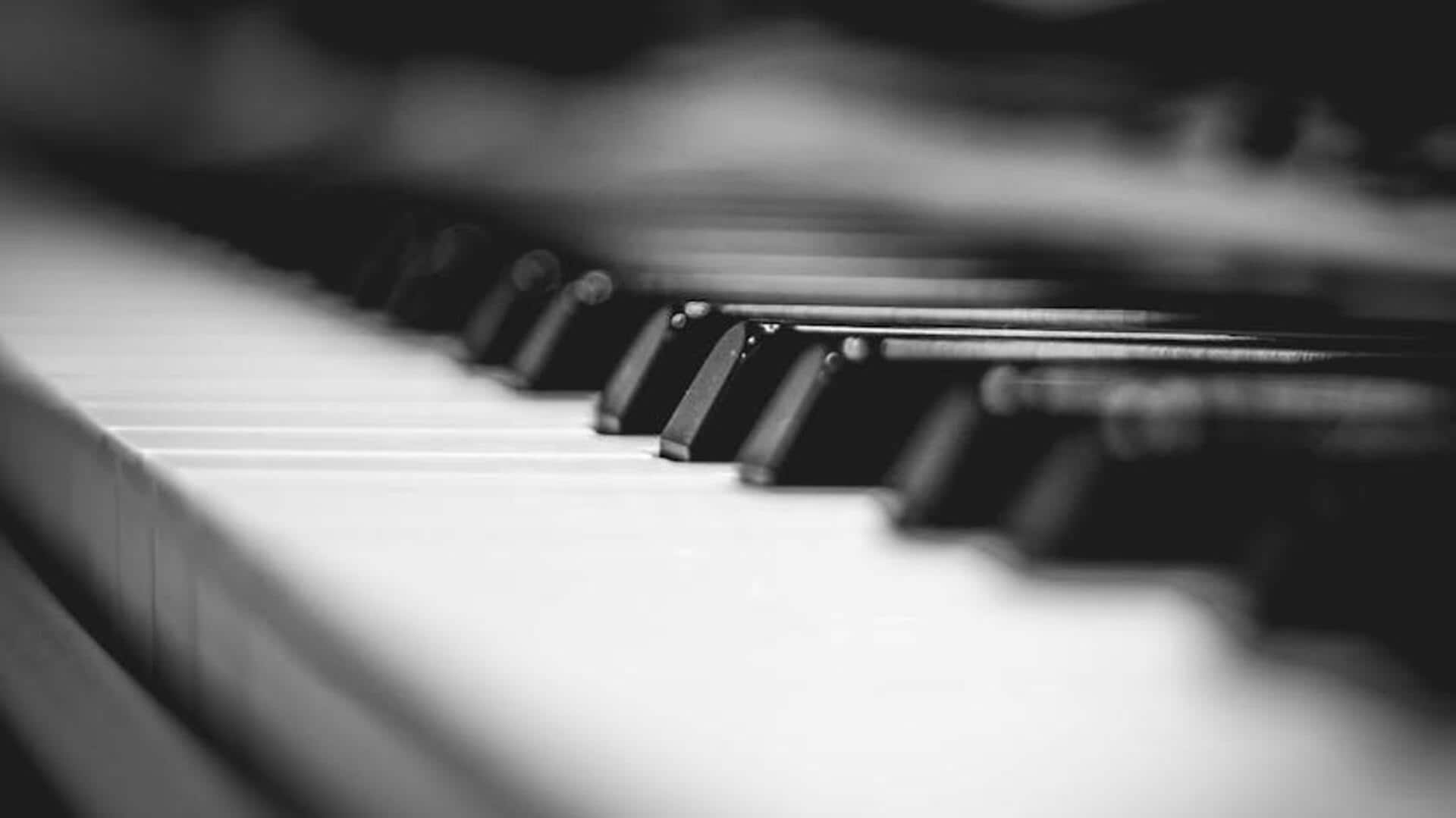
How to master piano: Simple tips and tricks
What's the story
Playing fast piano arpeggios smoothly and effortlessly can be a challenge. It requires not only practice but also flexibility and strength in the hands and fingers.
This article provides five hand stretching exercises that will help you improve your speed and agility on the keyboard.
These exercises are easy to do but very effective. They are perfect for any level of pianist who wants to play better arpeggios.
Finger drills
Finger independence drills
Finger independence is key to mastering smooth arpeggios.
A simple exercise is to press down one finger at a time on a flat surface or a piano key, while keeping the other fingers relaxed and lifted.
Start with your thumb (finger one) and work your way to your pinky (finger five), then reverse the process.
Practicing this for just five minutes a day can greatly improve finger independence and control.
Finger stretching
Stretching between fingers
To improve the stretch between your fingers, especially between your thumb and index finger (which is crucial for reaching larger intervals), try this simple stretching exercise:
Place your hands palm down on a flat surface. Gently spread your fingers apart as far as comfortable, and then bring them back together.
Hold each stretch for approximately 10 seconds. Repeat the exercise five times during each session to increase flexibility.
Hand strength
Strengthening exercises
Stronger hands = Faster, cleaner arpeggios.
Hold a stress ball or hand exerciser in each hand and squeeze it tightly for at least 10 seconds before releasing it.
Do this 10 times for each hand.
This exercise strengthens your hands over time, enabling you to move faster on the piano keys without getting tired.
Wrist flexibility
Wrist flexibility routine
Wrist flexibility is key to achieving that effortless glide between octaves when playing arpeggios.
Warm up with gentle wrist circles, rotating clockwise then counterclockwise, 10 times each direction.
Next, flex your wrists back and forth as if gesturing someone to come closer, also 10 times in each direction.
This routine fights off stiffness and gets you ready for those beautiful arpeggio waves!
Coordination exercise
Combined finger and arm movements
Combining arm movements with finger stretches can more accurately simulate the motion of playing arpeggios on the piano.
Sit at the piano without pressing any keys and mime playing an arpeggio slowly, concentrating on moving from your shoulders down through to your fingertips in one fluid motion.
This not only enhances coordination but also develops muscle memory specific to arpeggio patterns.